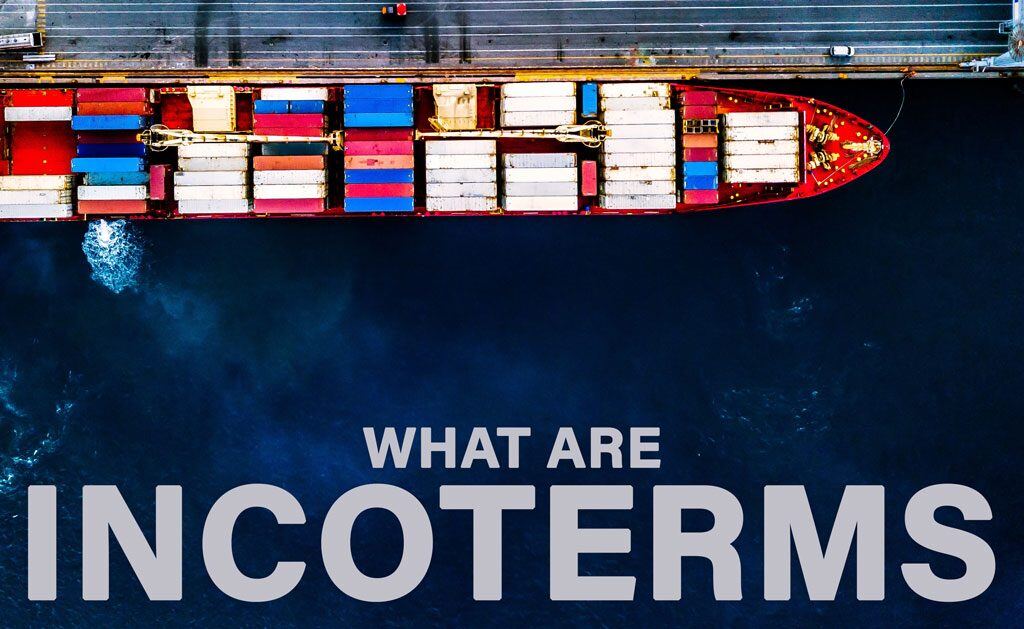
Ever feel like you're playing a high-stakes guessing game with your inbound freight? That nail-biting wait for crucial shipments, hoping they arrive exactly when needed for production? That's the reality of Just-in-Time (JIT) inventory management – a constant balancing act with little margin for error. But what if you could swap the uncertainty for real-time control?
By harnessing the power of real-time tracking, businesses can transform JIT from a risky gamble into a well-oiled machine.
The Importance of Real-Time Tracking in Inbound Freight
Just-in-Time (JIT) inventory management is a popular strategy that streamlines the manufacturing process. Rather than stockpiling large quantities of inventory, businesses using JIT receive materials only when they are needed on the production floor. This approach offers several advantages, including reduced inventory holding costs, minimized waste, and improved cash flow.
However, JIT presents unique challenges. The most prominent challenge is the reliance on precise timing. Any delays or disruptions in the supply chain can have a ripple effect, causing production delays, missed deadlines, and, ultimately, dissatisfied customers.
This is where real-time tracking for inbound freight becomes essential. Imagine having complete visibility into the movement of your incoming shipments. You know exactly where each truck is, its estimated time of arrival, and any potential delays along the way. This level of visibility empowers businesses to proactively manage their supply chain and mitigate the risks associated with JIT inventory.
Real-time tracking provides several key benefits:
-
Proactive problem solving: By identifying potential disruptions early on, businesses can take proactive steps to mitigate their impact. For example, if a shipment is delayed due to weather, the business can explore alternative transportation options or adjust production schedules accordingly.
-
Improved planning: Real-time tracking enables businesses to accurately predict the arrival of shipments, facilitating better planning and scheduling. This ensures that production lines have the necessary materials at the right time, minimizing downtime and maximizing efficiency.
-
Reduced inventory holding Costs: With real-time visibility, businesses can optimize their inventory levels and reduce the need for safety stock. By knowing exactly when shipments will arrive, they can avoid overstocking and minimize storage costs.
-
Improved inventory control: Real-time tracking enables businesses to fine-tune their inventory management practices. With precise knowledge of when shipments will arrive, companies can avoid overstocking and minimize the need for safety stock. This leads to reduced inventory holding costs and frees up valuable warehouse space.
-
Reduced lead times: Real-time visibility helps minimize delays and optimize transportation routes. By tracking shipments in real-time, businesses can identify potential bottlenecks or disruptions and proactively take corrective action. This translates to shorter lead times, faster order fulfillment, and improved production efficiency.
-
Enhanced customer satisfaction: Accurate delivery predictions are essential for meeting customer expectations and building a strong brand reputation. Real-time tracking enables businesses to provide customers with reliable delivery estimates, improving on-time delivery rates and reducing customer inquiries.
In essence, real-time inbound freight tracking is a game-changer for businesses operating with JIT inventory models– it transforms freight management from a reactive to a proactive process. It provides the necessary tools and insights to navigate the complexities of JIT inventory, ensuring a smooth and efficient flow of materials throughout the supply chain.
Implementing Real-Time Tracking for Inbound Freight Visibility
Achieving real-time inbound freight visibility requires the strategic implementation of appropriate tracking technologies. These technologies act as the eyes and ears of your supply chain, providing valuable data and insights that empower you to make informed decisions. Let's explore some of the freight tech available:
-
GPS Tracking: This foundational technology provides real-time location data of your shipments, allowing you to track their progress on a map. GPS tracking is essential for monitoring estimated arrival times, identifying potential delays, and ensuring that shipments are on schedule.
-
Telematics: Going beyond basic location tracking, telematics provides a deeper understanding of various factors that can impact your shipments. By collecting data from sensors installed in vehicles, telematics offers insights into driver behavior, vehicle performance, and even environmental conditions. This information can be used to optimize routes, improve driver safety, and reduce fuel consumption.
-
Transportation Management Systems (TMS): A TMS acts as a central hub for all your transportation data, integrating information from various sources, including GPS tracking, telematics, and other logistics systems. A robust TMS provides comprehensive shipment monitoring and management capabilities, enabling you to track shipments, manage carriers, optimize routes, and generate reports. For example, a TMS can send automatic alerts when a shipment deviates from its planned route, allowing for immediate action to prevent delays.
Choosing the Right Technology
Implementing real-time tracking involves careful consideration of your business needs and budget. Each technology offers unique features and benefits; the ideal solution will depend on your requirements.
For example, GPS tracking may be sufficient if you're primarily concerned with basic location tracking. However, telematics would be a valuable addition if you need more detailed insights into driver behavior and vehicle performance. For businesses seeking comprehensive shipment monitoring and management capabilities, a TMS is essential.
Integration and Training
Once you've selected the appropriate technology, the next step is to integrate it with your existing inventory management systems. This ensures seamless data flow and enables you to leverage real-time tracking information for improved inventory control and production planning.
Finally, it's crucial to invest in training your employees on how to use the new technology effectively. This includes educating them on the benefits of real-time tracking, how to interpret the data, and how to use the technology to optimize their workflows.
Note: If your company lacks the resources or expertise to effectively implement and manage these technologies, partnering with a third-party logistics provider (3PL) can be a valuable option. 3PLs have the infrastructure, technology, and expertise to provide comprehensive real-time tracking solutions and can help you select the right technologies for your needs, integrate them with your existing systems, and provide ongoing support and training.
Beyond Guesswork: Mastering JIT with Real-Time Visibility
In Just-in-Time (JIT) inventory management–timing is everything, making real-time inbound freight visibility a critical factor for success. More than just a "nice-to-have," it's the key to unlocking JIT's full potential and transforming a risky balancing act into a well-oiled machine.
Think of it this way: real-time tracking is the antidote to supply chain uncertainty. It replaces guesswork with concrete data, allowing you to anticipate disruptions, optimize routes, and ensure the timely arrival of critical materials. No more frantic phone calls or last-minute scrambles – just a clear, constant view of your inbound freight, empowering you to proactively manage every step of the journey.
The benefits extend far beyond peace of mind; real-time visibility empowers you to fine-tune your inventory levels, reducing holding costs and minimizing waste. It accelerates production cycles, leading to faster order fulfillment and improved efficiency. And perhaps most importantly, it enhances customer satisfaction by ensuring on-time deliveries and building a reputation for reliability.
Ready to take control of your JIT strategy and navigate the complexities of your supply chain with confidence? Download our checklist and learn how to optimize your inbound freight.





